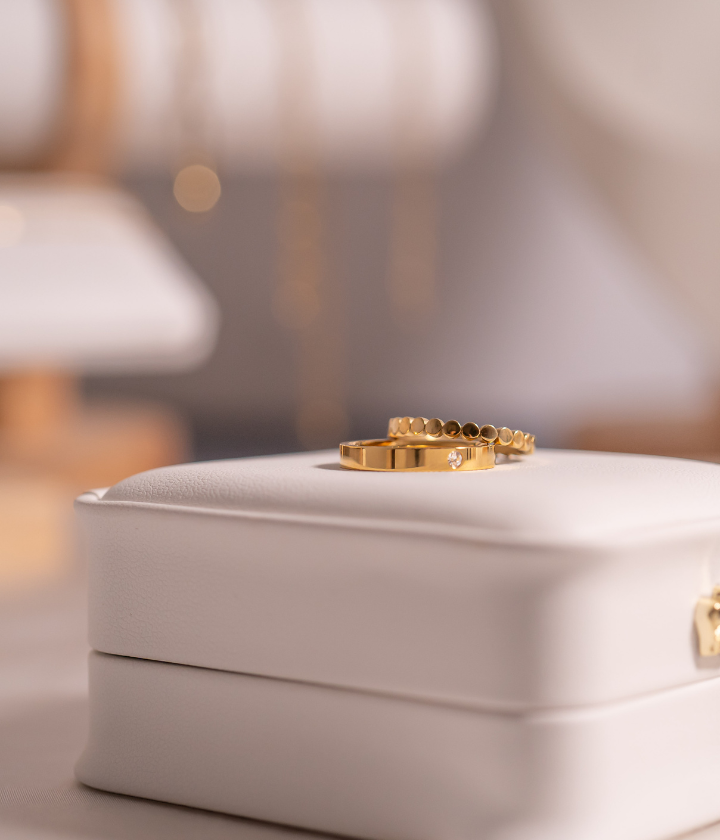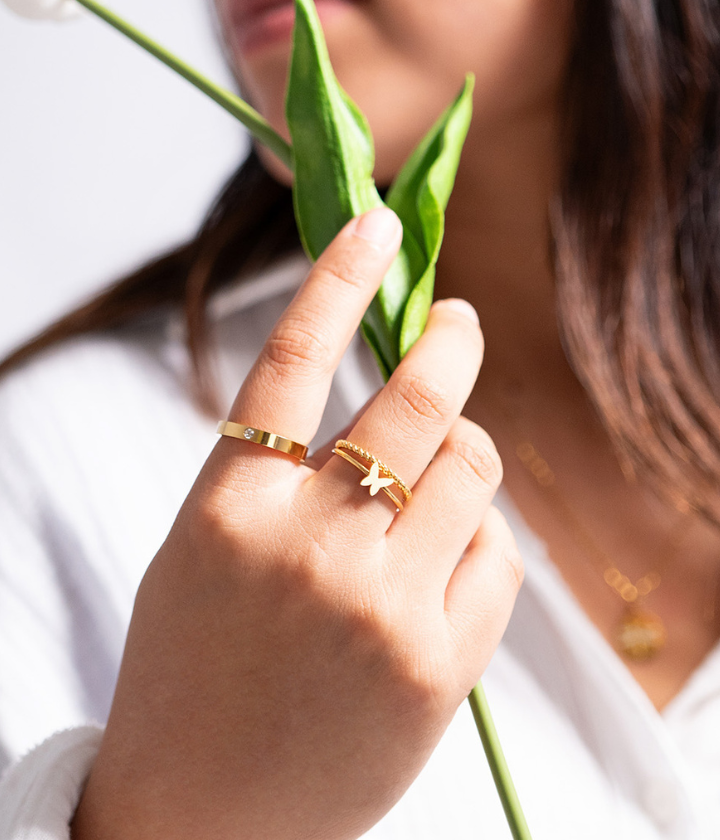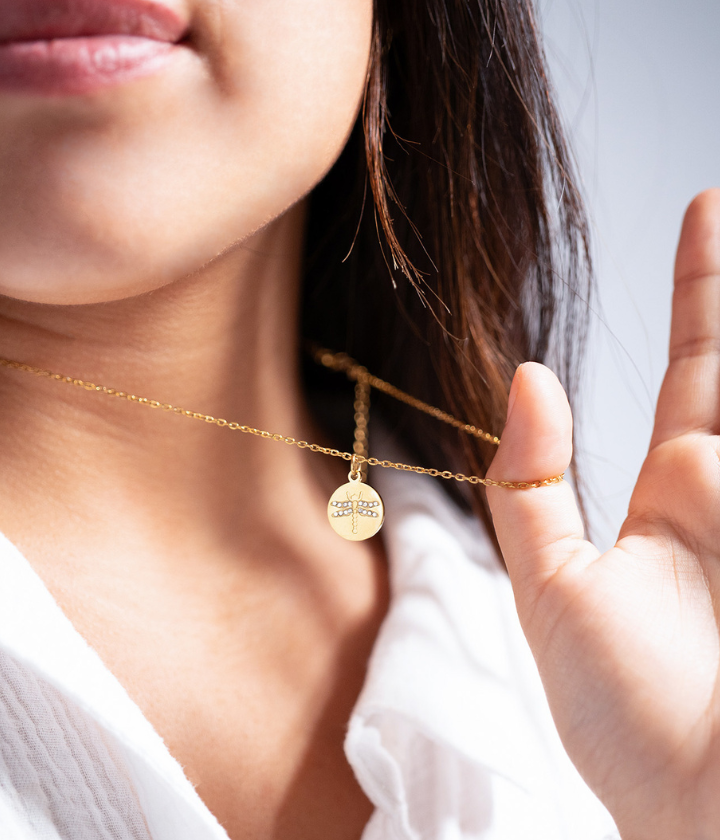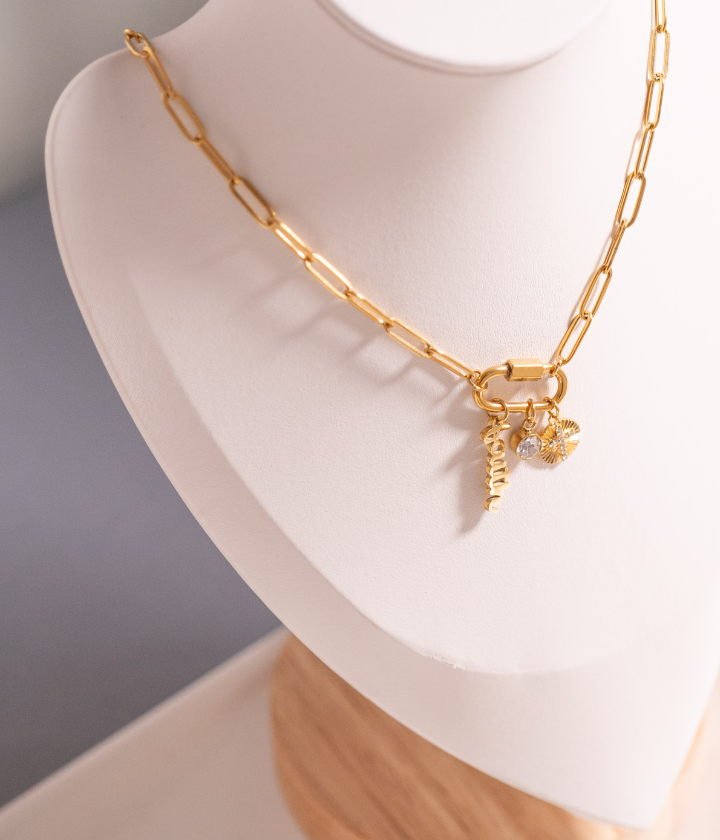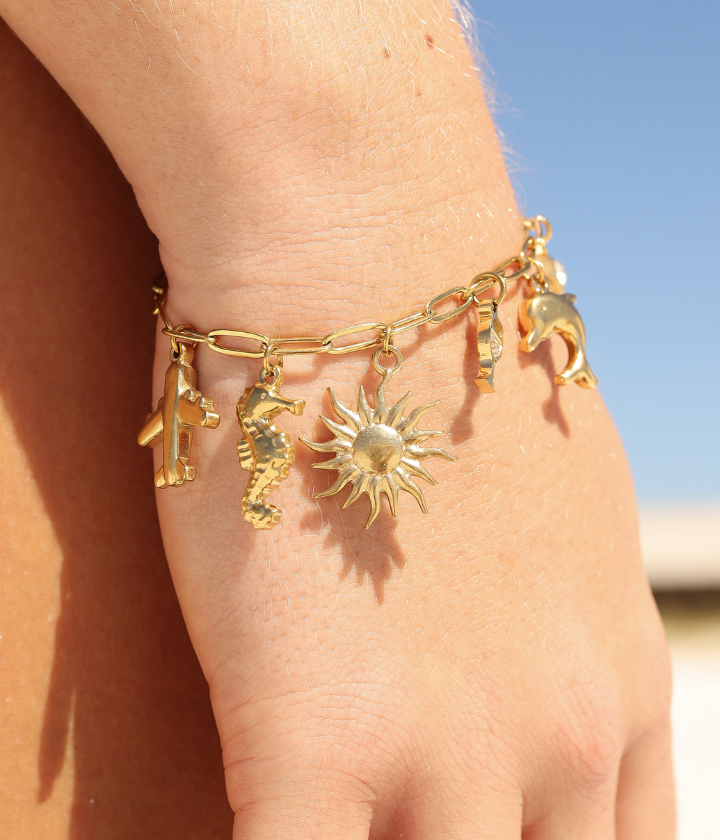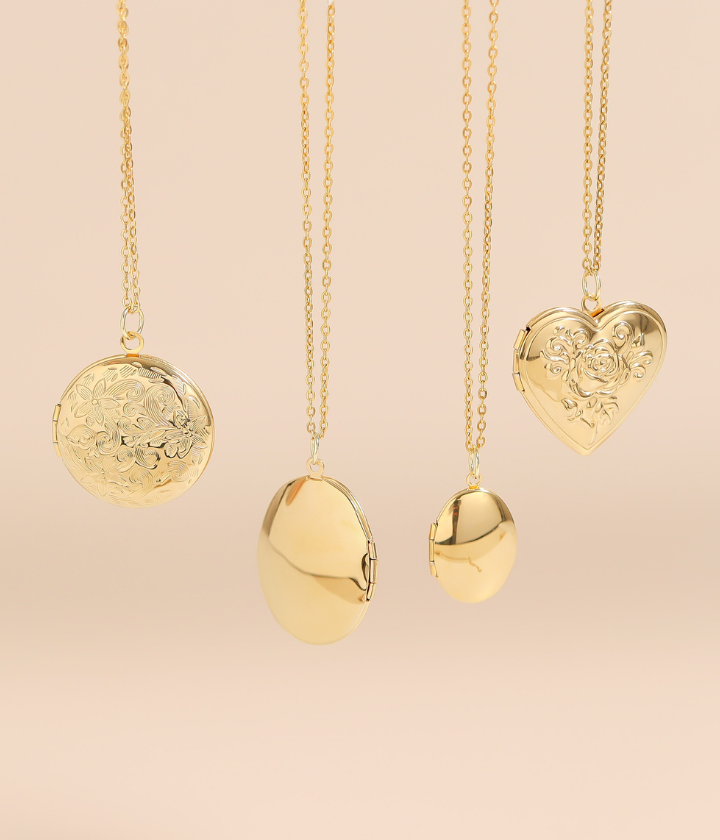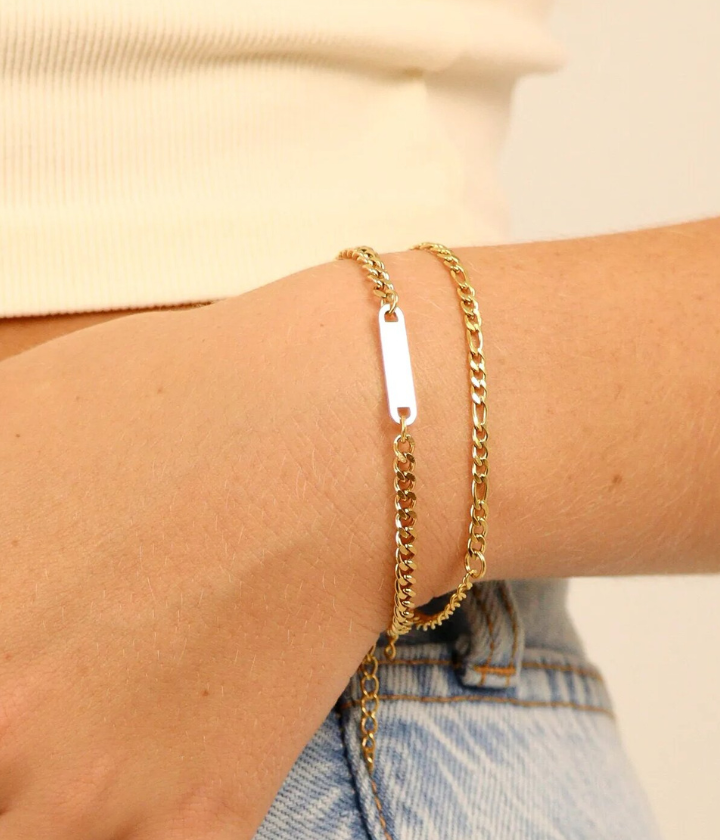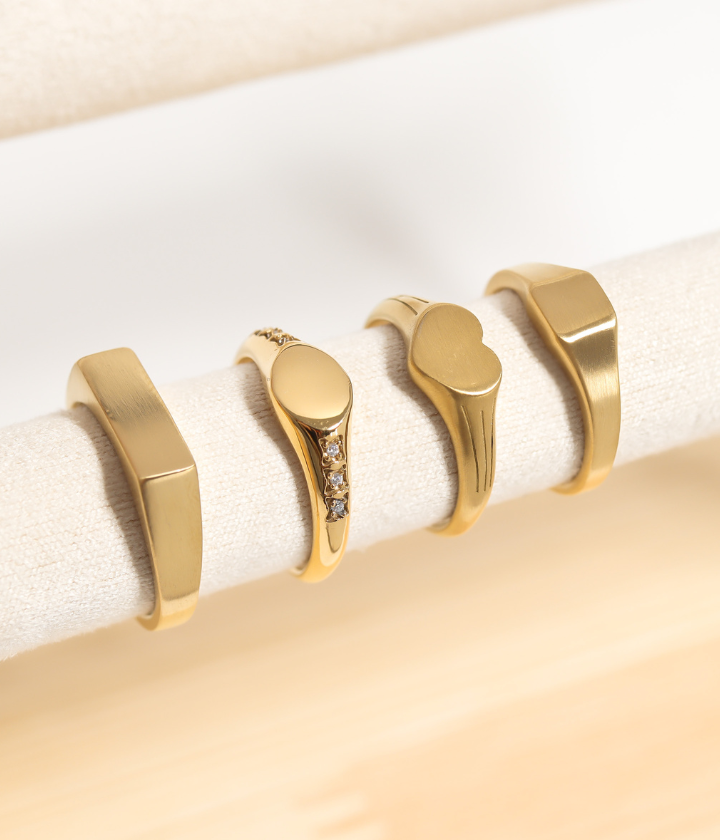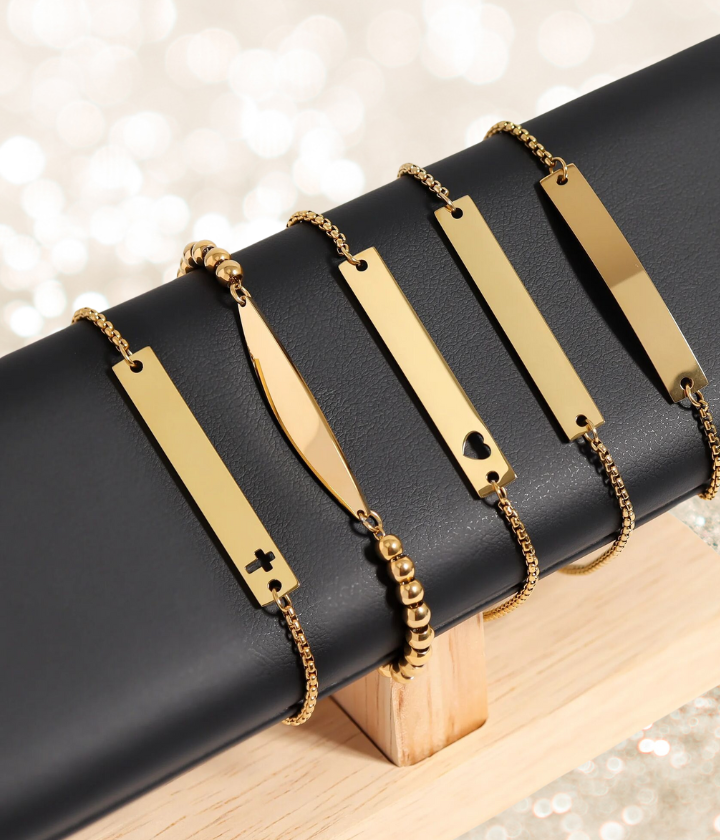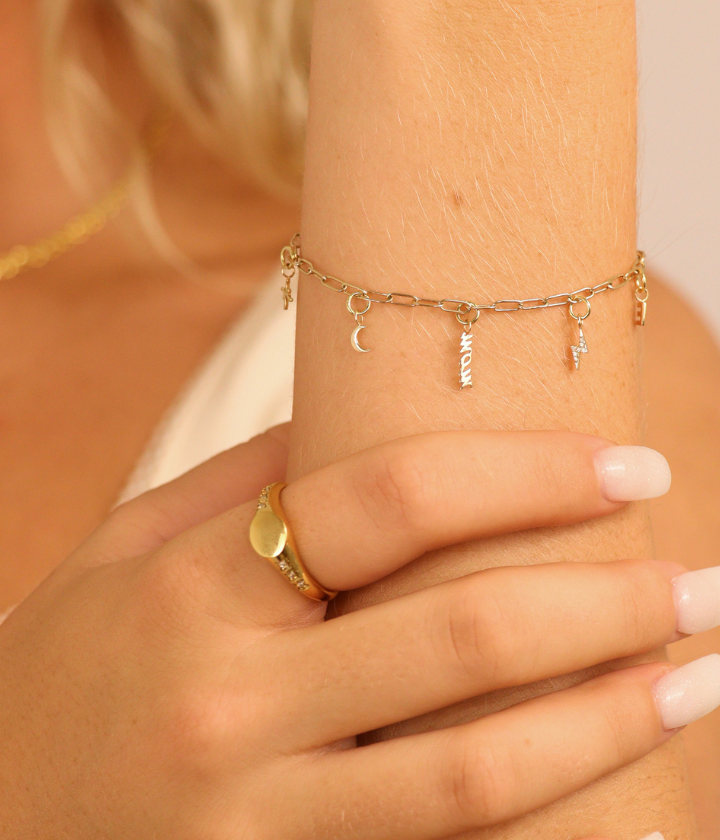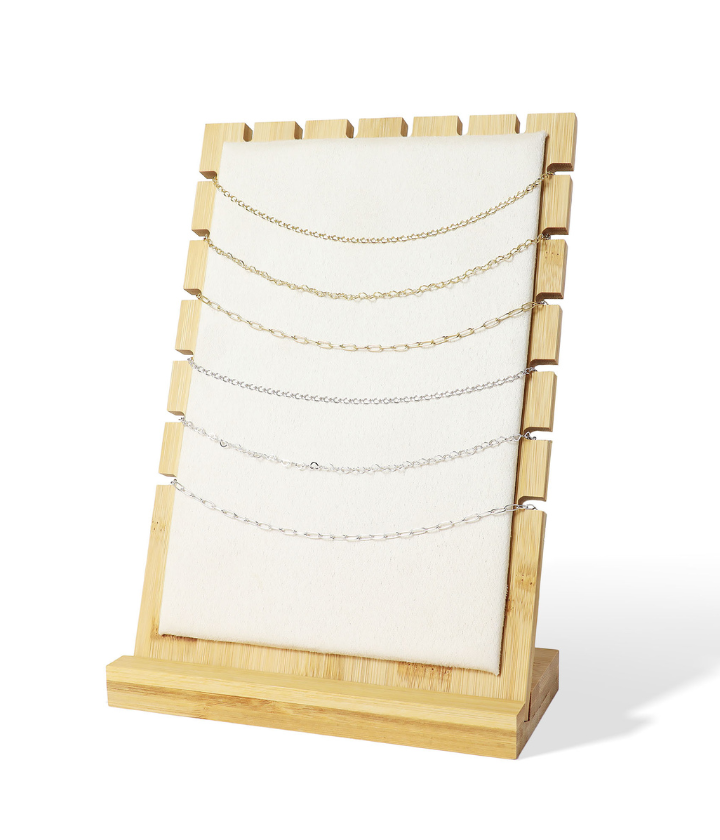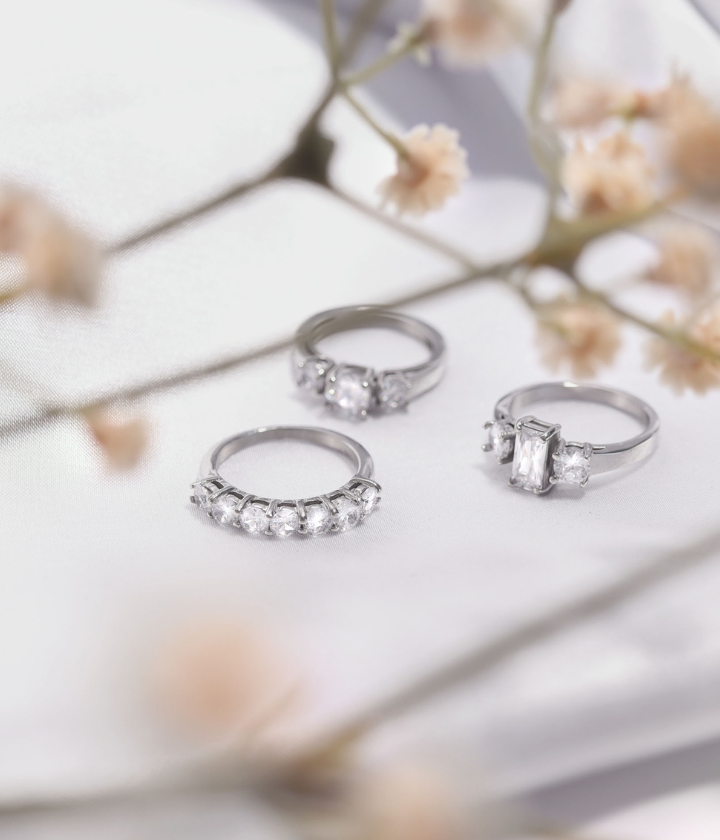
Understanding Tarnish: Why Jewelry Loses Its Shine
Tarnish is one of the most frustrating problems jewelry owners face. It transforms once-shiny metals into dull, discolored pieces seemingly overnight. But what causes it? Tarnishing is the result of a chemical reaction between the metal in your jewelry and external elements like oxygen, moisture, or sulfur. For example, sterling silver reacts with sulfur compounds in the air, forming a dark coating on the surface known as silver sulfide. Even gold, though more resistant, can tarnish over time—especially when alloyed with metals like copper or silver to improve its durability.
Some metals are more prone to tarnishing than others. Sterling silver (marked 925) is among the most common to oxidize. Copper, brass, and bronze also react easily with air and skin oils. Even gold-plated and vermeil pieces can tarnish as the base metals beneath the gold begin to oxidize. Knowing which metals are most vulnerable can help you take the right preventive measures from the start.
Daily Habits That Help Prevent Tarnish
Preventing tarnish starts with how you wear your jewelry every day. The most effective protection comes from forming good habits that reduce exposure to tarnish-causing elements.
One of the most important rules is to avoid contact with moisture and chemicals. Always remove jewelry before showering, swimming, or exercising. Water, sweat, and chlorine can speed up the tarnishing process, especially on plated or porous metals. Similarly, avoid applying lotion, perfume, hairspray, or sunscreen while wearing your jewelry. These products contain chemicals that accelerate corrosion and dull the finish.
A helpful rule of thumb is the "last-on, first-off" method. Put your jewelry on after you've finished your skincare, makeup, and hair routine, and take it off first when undressing. This minimizes exposure to oils and residues throughout the day. At the end of the day, gently wipe down each piece with a soft, dry cloth to remove any remaining oils or moisture before storing it. These small habits make a major difference in how your jewelry looks over time.
Cleaning & Protective Coatings
Regular cleaning plays a crucial role in preventing tarnish and maintaining shine. However, harsh cleaners can do more harm than good. The safest method is to clean your jewelry using warm water and mild dish soap. Gently scrub with a soft-bristled toothbrush or cloth, then pat dry thoroughly with a microfiber towel. This simple routine keeps grime, sweat, and oils from settling into crevices and speeding up tarnish.
For added protection, consider applying a protective coating to your jewelry. There are anti-tarnish sprays and clear jewelry sealants available that form a transparent barrier over the metal. These coatings can be especially helpful for fashion jewelry and plated pieces, shielding them from direct exposure to air and moisture. Be sure to follow instructions closely, as improper application can leave streaks or dullness.
Jewelry dips and commercial cleaners can be effective but should be used sparingly. Overuse can strip plating or damage soft gemstones. Always read labels and avoid anything too abrasive. If you're unsure, consult a professional jeweler for recommendations tailored to your specific materials.
💡Check out our complete guide on How To Clean Stainless Steel Jewelry.
Proper Storage Techniques
Even if you clean your jewelry religiously, improper storage can undo your efforts. Oxygen and humidity are the main culprits behind tarnish, and the way you store your jewelry determines how much exposure it gets.
To prevent oxidation, store your jewelry in an airtight container whenever possible. Small zip-lock bags, jewelry pouches, or cases with tight seals work well. Adding anti-tarnish strips or silica gel packets to your jewelry box can also absorb excess moisture and delay the tarnishing process. Some people even use activated charcoal pouches for added protection.
Make sure to store each piece separately to avoid scratches or chemical interactions between different metals. Velvet-lined compartments or soft drawstring bags are ideal for keeping items from rubbing together. If you're displaying pieces on open stands, know that they will tarnish faster due to air exposure and should be cleaned more frequently.
Special Considerations by Metal Type
Each type of metal requires slightly different care. Understanding how tarnish affects various metals will help you build the right maintenance routine.
Sterling silver is particularly prone to tarnishing due to its copper content. It benefits the most from frequent polishing and airtight storage. For silver, a dedicated silver polishing cloth should be used regularly to remove surface oxidation before it turns dark or flaky.
Gold-plated and vermeil jewelry tarnish not because of the gold, but because of the base metal underneath. Once the thin gold layer wears off, the exposed metal oxidizes quickly. Avoid abrasive cleaners and buff these pieces gently to preserve the plating. If tarnish begins to show through, re-plating might be necessary.
Solid gold, particularly 14K and above, is much more tarnish-resistant but not immune. It can develop a slight dullness over time due to exposure to skin oils or harsh environments. Regular cleaning and polishing keep it looking fresh.
Brass, copper, and bronze tarnish the fastest and most dramatically. While some wearers enjoy the patina, others prefer a shiny finish. Lemon juice and baking soda can be used for occasional deep cleans, but storage and protective coatings are key for daily preservation.
Long-Term Maintenance & Prevention Strategy
Preventing tarnish is a long-term effort that requires consistent care and smart habits. Creating a regular cleaning schedule—even just once a week—helps reduce buildup that leads to oxidation. If you wear jewelry daily, consider establishing a weekly wipe-down and a deeper monthly cleaning.
Consider investing in anti-tarnish accessories, such as treated polishing cloths, drawer inserts, or jewelry boxes with built-in humidity control. For frequently worn pieces, it may be worth applying a professional-grade coating or visiting a jeweler every six months for touch-ups.
When traveling, store jewelry in individual pouches with anti-tarnish strips and avoid wearing it in humid climates or during strenuous activity. Pack a polishing cloth in your travel case so you can wipe pieces down on the go.
As your collection grows, stay mindful of what each piece needs. Grouping jewelry by metal type, cleaning schedule, and storage method can help you protect your investment and enjoy your favorite pieces for years to come.
Build a Tarnish-Resistant Jewelry Routine
Tarnish may be inevitable for some metals, but it doesn't have to ruin your jewelry. With the right daily habits, smart cleaning techniques, and proper storage, you can significantly extend the life and beauty of your favorite pieces. Whether you're a collector of sterling silver, a fan of gold-plated styles, or someone who wears a bit of everything, a little attention goes a long way.
By understanding why tarnish happens and how to prevent it, you’re giving your jewelry the care it deserves—and ensuring it stays as radiant as the day you bought it.
FAQs for Preventing Jewelry Tarnish
Why does jewelry tarnish over time?
Tarnish is caused by a chemical reaction between metal and elements like air, moisture, or sulfur. This leads to discoloration and dullness, especially in silver and base metals.
What jewelry metals are most prone to tarnishing?
Sterling silver, copper, brass, and gold-plated pieces are the most vulnerable. Even solid gold can develop a dull finish over time due to exposure to skin oils and chemicals.
How should I store my jewelry to prevent tarnish?
Store jewelry in airtight containers with anti-tarnish strips or silica gel. Use soft pouches or lined boxes and avoid leaving pieces exposed to open air or humidity.
Can I wear my jewelry in the shower or while exercising?
Depends. Some jewelry will tarnish this way due to moisture, sweat, and chemicals like chlorine that accelerate tarnish. Jewelry made from 316L Stainless Steel is a preferred non tarnish option when it comes to everyday wear like wearing jewelry in the shower or while exercising. If you are unsure of the metal, always remove jewelry before showering, swimming, or working out.
How often should I clean my jewelry to prevent tarnish?
A gentle wipe-down after each wear and a deeper cleaning every few weeks is ideal. Regular care helps remove buildup and prevent tarnish from forming.

